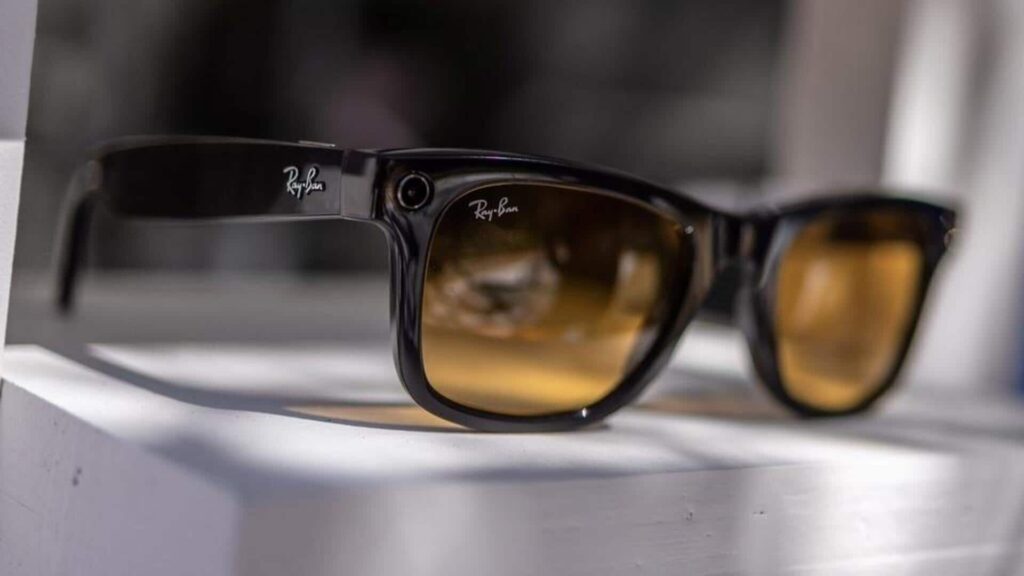In recent years, the smart glasses market has witnessed accelerated growth, mainly driven by established players like Meta. Their Ray-Ban smart glasses, packed with artificial intelligence (AI) features and sporting a $300 price tag, have significantly outsold earlier models within just a few months. This surge in consumer interest has set the stage for Chinese technology companies to step in with innovative and budget-friendly alternatives.
One such noteworthy entrant is Superhexa, a nimble start-up enjoying the backing of tech giant Xiaomi. They have launched an impressive new product named Jiehuan, a pair of AI audio glasses priced at a modest CNY 699 (around ₹8,200). These glasses aim to offer much of the functionality seen in more expensive options, but at a fraction of the cost. Equipped with built-in speakers and microphones, Jiehuan glasses allow for real-time AI interaction through quick access to large language models (LLMs).
Loaded with an array of features, the Jiehuan glasses boast 11 hours of music playback and up to two weeks of standby time. Despite their sophisticated capabilities, the glasses maintain a lightweight design, tipping the scales at just 30 grams. They come with voice-guided navigation, AI chat functionalities, and even audio translation features, making them a well-rounded gadget for technology enthusiasts. However, early adopters have pointed out some performance hiccups, particularly in voice recognition when used in noisy settings.
Behind this rapid product development is a promising market forecast. Financial services firm Sinolink Securities projects that shipments of smart eyewear could hit an impressive two million units by the end of the year, a stark rise from last year’s 480,000 units. This spike underscores a growing consumer appetite for smart glasses.
Nonetheless, the journey ahead is not without its challenges. According to Ivan Lam from Counterpoint Research, while these technologically advanced glasses hold significant potential, they may find a limited market among non-glasses wearers. The added weight of electronic components could also be a deterrent, suggesting that while the technological advancements are exciting, there is still work to be done to improve comfort and usability for a broader audience.
In summary, the entry of Chinese firms like Superhexa into the smart glasses market represents a pivotal shift, offering cost-effective alternatives to high-priced, AI-driven eyewear like Meta’s Ray-Ban smart glasses. As these new players continue to innovate and refine their products, the smart glasses landscape is set for dynamic growth, promising a future where advanced technology is accessible to all.


